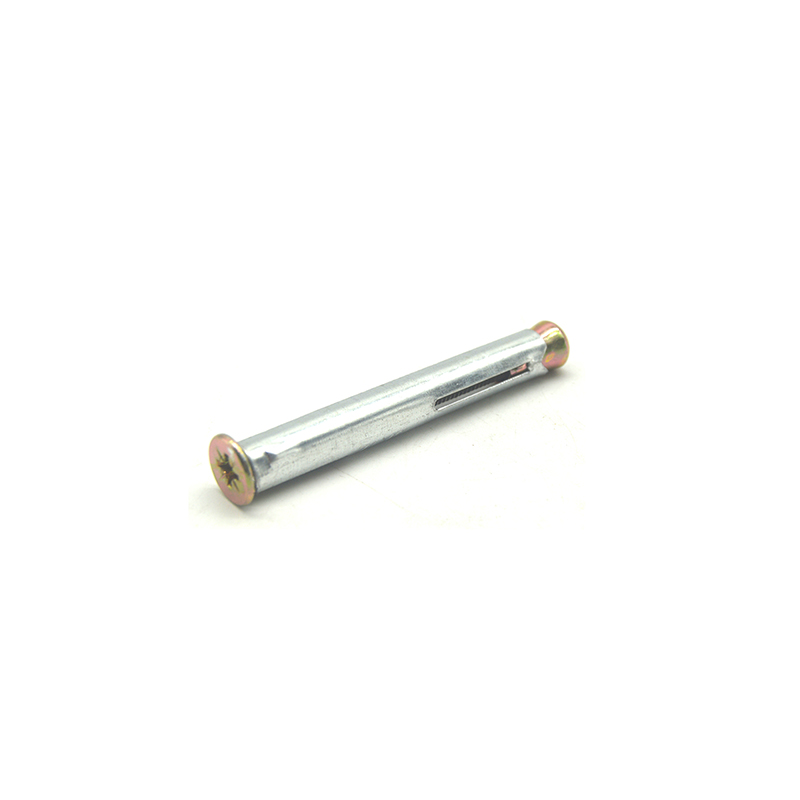- English
- Chinese
- French
- German
- Portuguese
- Spanish
- Russian
- Japanese
- Korean
- Arabic
- Irish
- Greek
- Turkish
- Italian
- Danish
- Romanian
- Indonesian
- Czech
- Afrikaans
- Swedish
- Polish
- Basque
- Catalan
- Esperanto
- Hindi
- Lao
- Albanian
- Amharic
- Armenian
- Azerbaijani
- Belarusian
- Bengali
- Bosnian
- Bulgarian
- Cebuano
- Chichewa
- Corsican
- Croatian
- Dutch
- Estonian
- Filipino
- Finnish
- Frisian
- Galician
- Georgian
- Gujarati
- Haitian
- Hausa
- Hawaiian
- Hebrew
- Hmong
- Hungarian
- Icelandic
- Igbo
- Javanese
- Kannada
- Kazakh
- Khmer
- Kurdish
- Kyrgyz
- Latin
- Latvian
- Lithuanian
- Luxembou..
- Macedonian
- Malagasy
- Malay
- Malayalam
- Maltese
- Maori
- Marathi
- Mongolian
- Burmese
- Norwegian
- Pashto
- Persian
- Punjabi
- Serbian
- Sesotho
- Sinhala
- Slovak
- Slovenian
- Somali
- Samoan
- Scots Gaelic
- Shona
- Sindhi
- Sundanese
- Swahili
- Tajik
- Tamil
- Telugu
- Thai
- Ukrainian
- Urdu
- Uzbek
- Vietnamese
- Welsh
- Xhosa
- Yiddish
- Yoruba
- Zulu
- Kinyarwanda
- Tatar
- Oriya
- Turkmen
- Uyghur

ई सेल्फ ट्यापिङ स्क्रू ट्र्याक गर्नुहोस्
ई ट्र्याक सेल्फ ट्यापिङ स्क्रूको जटिलता
E ट्र्याक सेल्फ ट्यापिङ स्क्रू, प्रायः बेवास्ता गरिए पनि आवश्यक, धेरै अनुप्रयोगहरूमा महत्त्वपूर्ण भूमिका खेल्छ। तिनीहरूको प्रयोग र बहुमुखी प्रतिभाको बारेमा गलतफहमीहरू प्रचुर मात्रामा छन्, यसले तिनीहरूको व्यावहारिक प्रभावहरू खोल्न महत्त्वपूर्ण बनाउँछ।
ई ट्र्याक सेल्फ ट्यापिङ स्क्रू बुझ्दै
सुरुमा, यो सीधा लाग्न सक्छ: एक पेंच केवल एक पेंच हो। तर निर्माण वा रसदमा हातमा अनुभव भएकाहरूलाई थाहा छ कि ए को विशिष्ट छनोट स्व-ट्यापिंग पेंच परियोजना बनाउन वा तोड्न सक्छ। यी स्क्रूहरू तिनीहरूको आफ्नै मिलन थ्रेडहरू ट्याप गर्न डिजाइन गरिएको हो, तयारी प्रयासलाई कम गर्दै।
सामान्यतया धातु र कहिलेकाहीँ कडा प्लास्टिक असेंबलीहरूमा प्रयोग गरिन्छ, तिनीहरूको दक्षता बेजोड हुन्छ जब तपाईं पूर्व-ड्रिलिंगको झन्झट बिना सटीकताको लागि लक्ष्य गर्दै हुनुहुन्छ। कार्गो व्यवस्थापनको लागि ई ट्र्याक प्रणाली निर्माण गर्ने होस् वा धातु प्यानलहरू स्थापना गर्ने होस्, यी स्क्रूहरूले कडा, भरपर्दो फिट प्रदान गर्छन्।
एक सामान्य गलत धारणा यो हो कि यी स्क्रूहरू मानक स्क्रूहरूसँग आदानप्रदान गर्न सकिन्छ। जे होस्, सेल्फ ट्यापिङ स्क्रूमा विशेष विशेषताहरू हुन्छन् - एक तिखो टिप र कडा सामग्री संरचना - जसले तिनीहरूलाई अलग राख्छ।
सामग्री र स्थायित्व
सामग्रीको बारेमा कुरा गर्दा, गुणस्तर धेरै महत्त्वपूर्ण छ। Handan Shengtong Fastener Manufacturing Co., LTD जस्ता कम्पनीहरू, जसलाई तपाईंले तिनीहरूको बारेमा थप अन्वेषण गर्न सक्नुहुन्छ। वेबसाइट, भौतिक उत्कृष्टतालाई जोड दिनुहोस्। चीनको फास्टनर उद्योगको हब हान्डन शहरमा आधारित, तिनीहरूले 2018 देखि स्थायित्वमा खामलाई धक्का दिइरहेका छन्।
स्टिलको छनोट, प्रायः जस्ताले लेपित वा थप उपचारको अधीनमा, जंग विरुद्ध प्रतिरोध बढाउँछ र समयसँगै पहिरिन्छ। यो पक्ष महत्त्वपूर्ण छ, विशेष गरी आर्द्रता वा फरक तापक्रममा परेको वातावरणमा।
मैले परियोजनाहरू देखेको छु जहाँ सबपार सामग्रीले समयपूर्व असफलता निम्त्याउँछ, किन हान्डन शेन्गटोङ जस्ता प्रतिष्ठित ब्रान्डहरूमा लगानी गर्दा थोरै उच्च लागतको बावजुद लामो दूरीमा लागत बचत हुन सक्छ भनेर हाइलाइट गर्दै।
आवेदन चुनौतीहरू
प्रयोग गर्दा एउटा चुनौती ई सेल्फ ट्यापिङ स्क्रू ट्र्याक गर्नुहोस् सही आकार र प्रकार छनोट गरिएको सुनिश्चित गर्दै। प्रायः, मैले सेटअपहरूको सामना गरेको छु जहाँ स्थापनाकर्ताले हतारमा हातमा भएका चीजहरू चयन गर्दछ, थ्रेडको व्यास र लम्बाइको महत्त्वलाई एसेम्बलीको बलमा महसुस गर्दैन।
केही परियोजनाहरूलाई लोड अवस्था वा सामग्री मोटाई समायोजन गर्न विशेष थ्रेड प्रोफाइलहरूसँग स्क्रू चाहिन्छ। गलत छनोटहरूले संरचनात्मक अखण्डतामा सम्झौता गर्न सक्छ वा तनावमा विनाशकारी विफलताहरू पनि निम्त्याउन सक्छ।
अभ्यासमा, यसको मतलब तपाईको आवेदनका आवश्यकताहरू राम्ररी बुझ्नुपर्छ। एक ड्रिल गेज जस्ता उपकरणहरूले यो मूल्याङ्कनमा सहयोग गर्न सक्छ, अनुकूलता सुनिश्चित गर्न र विधानसभा सुरक्षा बढाउन।
स्थापना सुझावहरू
व्यक्तिगत अनुभवबाट, स्थापना कोण र दबाबले परिणामलाई महत्त्वपूर्ण रूपमा असर गर्न सक्छ। उपयुक्त स्क्रू ड्राइभर वा ड्रिल सेटिङ प्रयोग गरेर सीधा, नियन्त्रित ड्राइभ इष्टतम थ्रेड संलग्नता प्राप्त गर्न महत्त्वपूर्ण छ।
मलाई एउटा अवस्था याद छ जहाँ अत्यधिक ड्रिल गतिले स्क्रूको वरिपरिको सामग्रीलाई पग्ल्यो, होल्डलाई कमजोर बनाउँछ। यो हतारको एक क्लासिक मामला थियो जसले फोहोर निम्त्याउँछ। भर्खरै सुरु गर्नेहरूका लागि, अतिरिक्त सामग्रीमा अभ्यास गर्नाले आफूलाई प्रक्रियाको सूक्ष्मताहरूसँग परिचित गराउन मद्दत गर्न सक्छ।
यसबाहेक, यी स्क्रूहरू स्थापना गर्नु अघि सतहलाई सफा गर्ने र यसलाई फोहोरबाट मुक्त छ भनी सुनिश्चित गर्नाले अन्तिम फिटमा सम्झौता गर्ने थोरै मिसालाइमेन्टहरू रोक्न सक्छ।
मर्मत र निरीक्षण
नियमित निरीक्षण अत्यावश्यक छ, विशेष गरी गतिशील लोडहरू समावेश गर्ने अनुप्रयोगहरूको लागि, जस्तै ई ट्र्याक प्रणालीहरू प्रयोग गरेर यातायात सेटअपहरूमा। यो आवधिक रूपमा को कसर र अवस्था प्रमाणित गर्न सल्लाह दिइन्छ स्व-ट्यापिंग स्क्रू.
ढीलो हुने स्क्रूले बढ्दो रूपमा ठूला समस्याहरू निम्त्याउन सक्छ। उद्योगका उत्कृष्ट अभ्यासहरूले नियमित मर्मत तालिकाको भागको रूपमा स्थापनाहरू जाँच गर्न सुझाव दिन्छ, एउटा दृष्टिकोण जुन मैले लाइनमा अनगिन्ती टाउको दुखाइहरू बचत गरेको देखेको छु।
अन्तमा, जब विषय मिनेट लाग्न सक्छ, सही ई ट्र्याक सेल्फ ट्यापिंग स्क्रू प्रयोग गर्ने फराकिलो प्रभावहरू बुझ्नु सर्वोपरि छ। गुणस्तर आश्वासनको लागि Handan Shengtong जस्ता विश्वसनीय निर्माताहरू खोज्नुहोस्, र उचित स्थापना र मर्मतका विवरणहरू सिक्न समय खर्च गर्नुहोस्। यस तरिकाले, कुनै पनि परियोजनामा महत्त्वपूर्ण विश्वसनीयता र दक्षता उत्पन्न गर्न सक्छ।
सम्बन्धित उत्पादनहरु
सम्बन्धित उत्पादनहरू



















